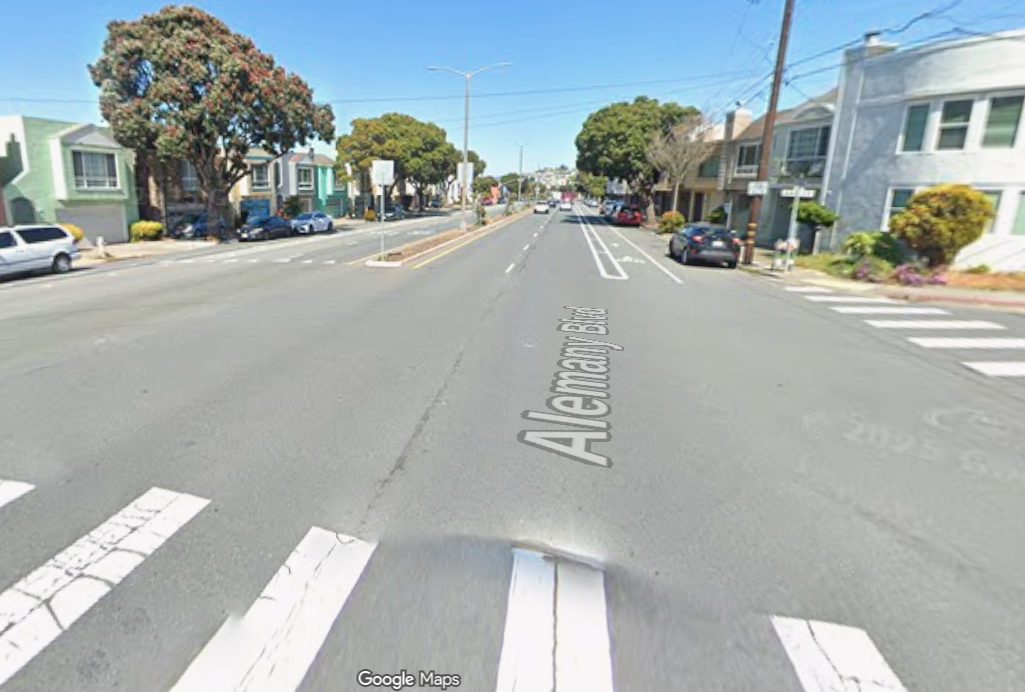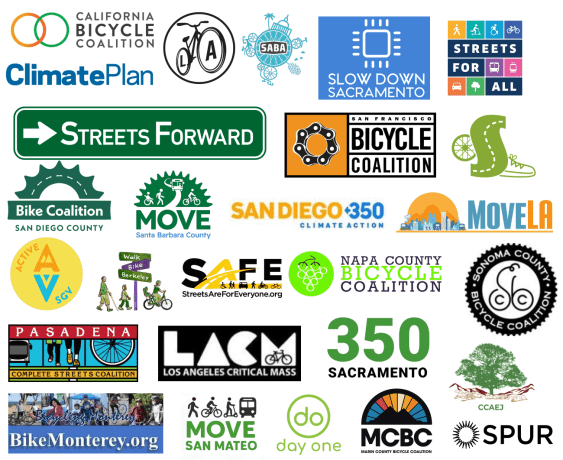Last week Amtrak released a $151 billion plan [PDF] to make the Northeast Corridor -- already traveled by about 12 million people annually -- a true high-speed rail corridor. The plan would put New York within 94 minutes of Washington. It would halve travel times between Boston and New York. Amtrak offered a scheduled completion date of 2040, with the first phase finished in 2025.
But the big outstanding variable is the need for -- and current lack of -- federal support, especially with that kind of upfront cost. Rail advocates are questioning the staggering price tag. Alon Levy at Pedestrian Observations suggested significant improvements to the NEC could be made for just 10 percent of the projected cost.
Benjamin Kabak at Second Avenue Sagas calls the plan a "Hail Mary":
Amtrak is reaching for the sky here. They have a proposal with costs that are both literally and figuratively insane; they have an aggressive timeline; and they have no clear fiscal path between today’s Point A and 2040?s Point B. I guess if you don’t ask, you can’t get anywhere, but sometimes, it may make sense to step back and assess the request first.
As a top-line summary, the costs break down like so: Amtrak is proposing nearly $19 billion for infrastructure upgrades; $14.7 billion for Gateway; $51.4 billion for high-speed rail between New York and D.C.; $58 billion for HSR between New York and Boston; and another $7.6 billion in rolling stock and maintenance facilities. These costs include six new stations, a few new water crossings, Moynihan Station, some right-of-way reconfigurations and some right-of-way acquisition costs. It’s a phased project that is moving forward as we speak, but it’s also designed to deliver incremental improvements. That 37-minute trip to Philadelphia should be 62 minutes by 2020, but it could also stay at 62 minutes for the foreseeable future.
Already, politicians are lining up behind the project. In a statement, Senator Frank Lautenberg of New Jersey voiced his support. He will soon begin pushing legislation forward that is designed to deliver dollars for Amtrak. “Investing in our railways will create jobs, bolster businesses, and take cars off of our congested roads,” he said in a statement. “Amtrak will continue to have my full support as we move forward to revolutionize passenger rail travel in the Northeast.”
But should we embrace this proposal? We’re looking at a pricetag of over $200 million per kilometer of construction or $320 million per mile. Considering much of the right-of-way is already in place, those costs are, as I mentioned, insane. While bringing HSR to the Northeast Corridor is a goal that should be supported, at some point, we as a country have to step back and examine why these things costs so much more than anywhere else in the developed world.
Elsewhere on the Network today: Portland Transport says a new plan from the Oregon Department of Transportation prioritizes electric vehicles over walking and biking. Utility Cycling reports that Puerto Rico’s cycling movement is heating up. And Reconnecting America offers a citizen’s guide to “context sensitive solutions,” a strategy for building public consensus around infrastructure projects.






